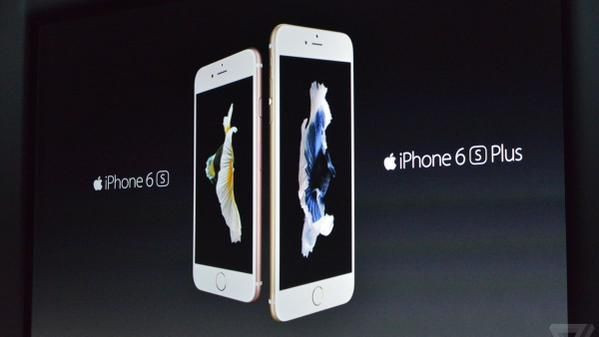Apple iPhone 6s Plus review roundup: what's great, what's not

With the record breaking debut weekend sales of the iPhone 6s and iPhone 6s Plus, Apple’s now ready to launch its most advanced smartphones ever on Oct. 9 in European markets, including Belgium, Italy, Spain, Sweden, Switzerland and The Netherlands.
The company is now accepting in-store reservations for the smartphone duo through its Reserve and Pickup program in all these six countries. Apple plans to release the latest iPhones in more than 130 countries by the end of 2015.
The iPhone 6s Plus, which is considered the most premium offering, comes with a better processor, bigger RAM and runs on the new iOS 9. Like the Apple Watch Sport, the iPhone 6s Plus uses the 7000 series aluminium for its casing. This metal is similar to that used in the aerospace industry and makes the phones stronger and less prone to deformation. Dual ion exchanged, chemically strengthened Corning Gorilla Glass makes it even more durable.
Furthermore, the 5.5-inch LCD Retina HD display with a 16:9 aspect ratio augments the 3D Touch technology and ensures a better user experience. The display resolution comes to 1920 x 1080 pixels at a density of 401 pixels-per-inch, great for those that watch YouTube on the go or use Netflix frequently. The high pixel density reveals commendable details.
The 2 GB of RAM ensures smoother app performance; improved gaming and faster image and video processing. The biggest attraction, however, is still the new 3D Force Touch technology that enables users to differentiate between a hard press and a slight touch. Deep pressing on the photo app can help users quickly access a photo, reports iMore.
With the latest A9 processor on board, the iPhone 6s Plus is faster than ever. But, Apple has reduced the battery capacity by five percent from its predecessor iPhone 6 Plus, which remains the only drawback of the smartphone.
The Low Power Mode that comes with iOS 9, however, significantly helps retain power. The iPhone 6s Plus houses a 2750 mAh battery as compared to 3000 mAh battery of Galaxy S6 Edge Plus and 3020 mAh battery of Galaxy Note 5.
Improvements in the camera have made the flagship smartphone even more coveted. The 12 MP iSight camera sensor features a wide f/2.2 aperture as compared to a f/1.9 aperture of the Galaxy S6, which again has a 16 MP sensor.
The camera unit also features optical image stabilisation, autofocus, face detection and other dynamic adjustments. Moreover, Apple’s new concept of Live Photos that works on the FaceTime camera plus 4K video capabilities add more value to the camera, reports Fox News.
Contact the writer at feedback@ibtimes.com.au, or let us know what you think below.




















